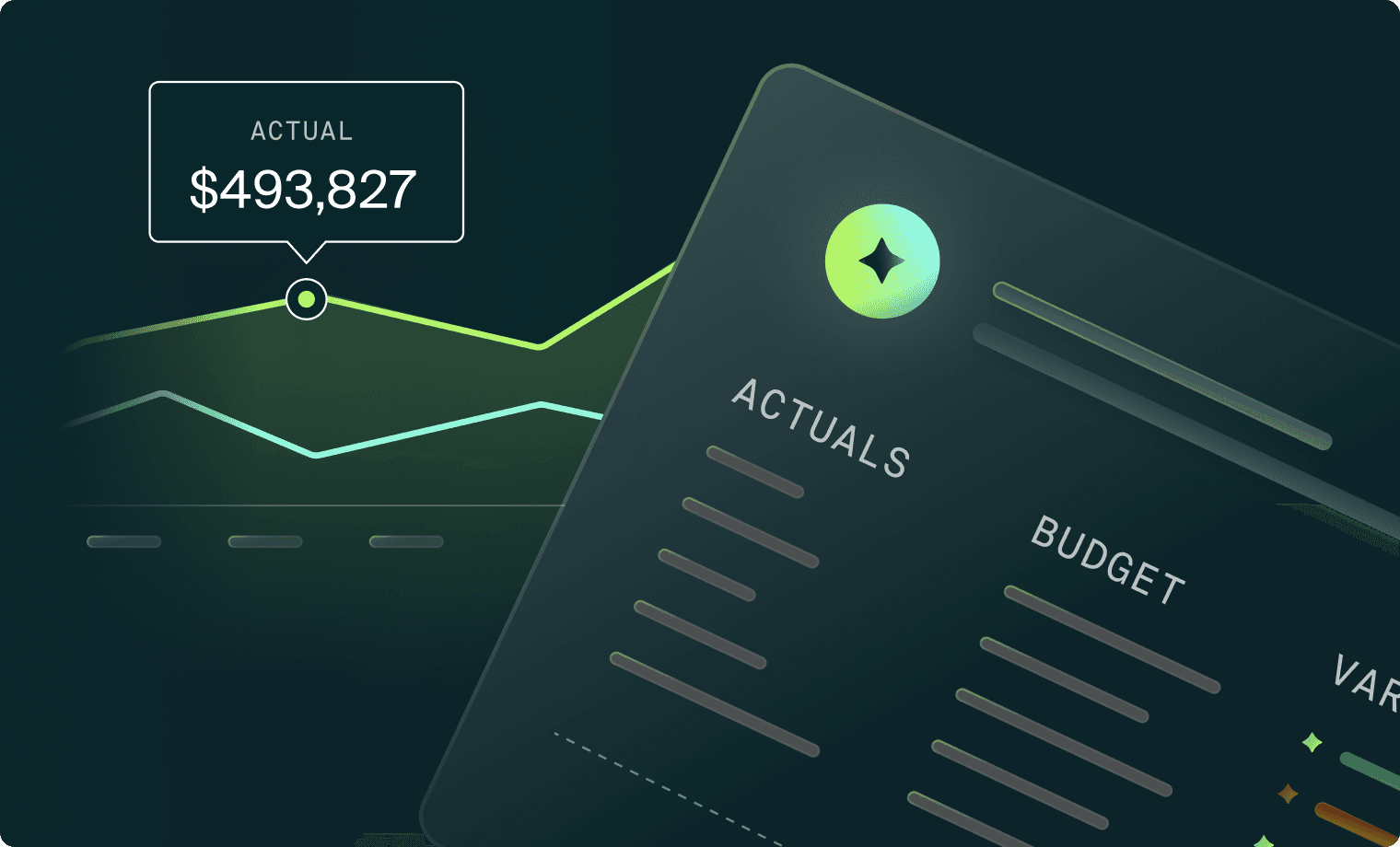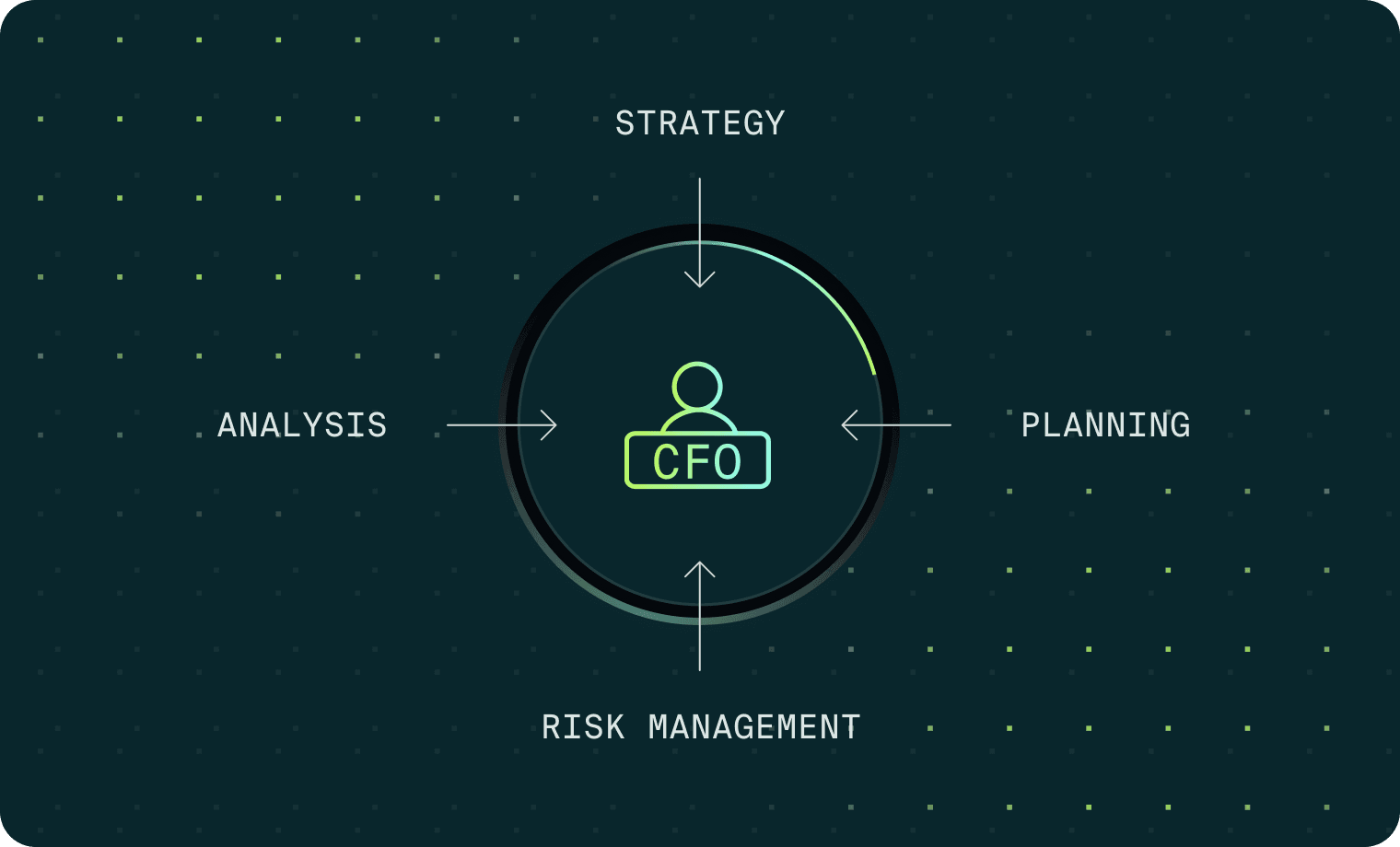
Using Budget Variance Analysis to Improve FP&A Outcomes

You just completed your budget variance analysis. You’ve checked off every box, double-checked every spreadsheet, and delivered the final report. You’re done for another quarter. You can breathe a sigh of relief, and forget all about it – until the next time. Right?
FP&A teams do sometimes approach budget variance analysis exercises exactly like this, and there are good reasons for that. It is a demanding exercise, requiring dedication, concentration and often the ability to work under pressure, whether from time constraints, resource constraints, or the challenges of inter-departmental nuances of communication.
In reality, though, with a more proactive approach BvA has the potential to dramatically improve FP&A outcomes, which in turn can result in significant business uplift and efficiencies for the entire organization.
Why Budget Variance Analysis is So Powerful
The essence of budget variance analysis is to pinpoint the differences between financial predictions and reality, and to determine what caused the variance between the projected budget, and the actual one. The discrepancy might be positive or negative, and in either case analysis is equally impactful in trying to ensure that the coming period learns the right lessons from the previous one.
There’s a tendency to focus on the “budget variance” aspect of BvA, which is understandable given that’s the calculation that tells you what you need to know. In fact, though, it’s really the analysis that holds the key to determining whether your team views budget variance analysis as a tedious but necessary routine exercise, or a vital, enlightening one that showcases your team’s ability to make a real difference in the success of the company.
There are two aspects to the analysis that are equally important:
-
Make sure you’re confident about the actual variance. (If you want to learn more about how to best approach the BvA process, you may find this guide to budget variance analysis helpful.) You need reliable numbers, from a single source of truth, coming from diverse parts of the company. As with machine learning, if you put trash in, you’ll get trash out; data silos, broken spreadsheets, and incompatible standards between departments for shared metrics are all the enemies of accuracy. Make sure you avoid all this.
-
Dive deep into the analysis. Don’t be satisfied with surface explanations, or with gathering the minimum amount of data possible. Often some of the most valuable learnings come from the trends that take the most thought to uncover. If something isn’t clear, keep tugging the data string until you find the information you need for accurate analysis.

Budget Variance Analysis Can Supercharge FP&A Goals
The reason it’s worth making a strong point about the analysis process is that when BvA is done right, it can become a superpower for not only meeting but exceeding key FP&A goals. Consider the effect on just these three:
Analyze the company’s financial performance accurately.
This is the point of business variance analysis, but the BvA report you generate isn’t the only achievement.
-
If you develop a process whereby you can reliably pull the data you really need, from diverse sources, into a format or dashboard you can quickly centralize, analyze and visualize, you can use this process at any time to inform any relevant scenario.
- For example, FP&A teams that had this down cold before Covid were leagues ahead when their executive team came banging on their doors trying to work out how the pandemic was affecting them, what they needed to know, and what they needed to think about.
- You don’t need a situation that extreme for the same thing to be valuable. In a world in which things change fast, this is becoming more essential by the quarter.
Provide data-driven recommendations.
One of the things that FP&A teams talk about as being a key request from other departments, and especially from leadership, is the need for data-driven decisions.
- FP&A teams are often at the center of this need, because they draw on the data that defines our understanding of the past to put together a picture of what the future could look like, and what you can do to influence various possible outcomes.
- Done right, BvA is effectively a template for this vital work, and also builds trust within the organization that the team is expert in precisely this area.
Impact a wide range of business strategies and scenarios.
Business variance analysis can, when taken seriously, pull in a widely diverse set of data from across the company, analyzing it in conjunction with relevant market trends and outside factors.
-
There aren’t many processes carried out quarterly that not only: 1) look at the picture made by sales, marketing, HR and recruitment, customer success, operations, procurement, product, logistics, payments, R&D, business development and more – but also 2) determine how the work of each department may be impacting others, and what could be changed to improve results.
BvA: Not a Checkbox Exercise
Business variance analysis can be a checkbox exercise. But treating it that way wastes the opportunity to make it so much more, as outlined above.
Identifying the places where resources are being wasted, or where one team’s unexpected success has caused problems downstream in operations, can be enormously powerful, as long as you’re willing to put the effort in to really understand the full picture.
Here are just some of the possible benefits:
-
Cost savings for the company.
-
Identifying unexpected sources of growth.
-
Preventing burgeoning problems from becoming serious issues.
-
Increasing trust and confidence in the FP&A team from other departments and from leadership.
-
Highlighting areas where increased collaboration could increase efficiency and streamline operations.
-
Insights into customer behavior that had gone unnoticed, with possible implications for product, business, operations or customer experience strategies.
Even better, if you continue to approach BvA as an in-depth learning exercise every time, many of these benefits build up over time as well.
Expand the Scope and Scale of Budget Variance Analysis
Leveraging the BvA process to the full requires in-depth analysis and deep accuracy. Shallow data and shallow understanding are unlikely to provide the level of understanding you need to appreciate what’s really causing the variance between predicted and actual realities.
If you traditionally restrict budget variance analysis only to departments which handle financial information, branch out. If you typically treat pre and post-transaction elements in your organization separately, start looking for the connections. If you keep internal resources and logistical aspects in silo, begin to look for the ways they interact with, impact and are impacted by other departments and their data. And so on.
Teams who don’t yet work at this scale are likely working on limitations that were sensible in the years before technology dramatically expanded what is possible for FP&A teams – as well as for every other team in a company.
When you were manually entering data into spreadsheets, rather than having it automatically pulled from multiple sources and platforms, and having to work out every calculation in Excel for yourself, there was a lot less scope and scale available.
Now that that’s no longer the case, consider an FP&A platform like Firmbase to enable you to embrace the potential of automation, data centralization and automatic summarization and leverage it for the benefit of your BvA analysis, and your FP&A processes more broadly.
Make Sure You’re Making the Most of Budget Variance Analysis
With so much potential for growth, insight and improvement, it’s worth taking a step back to analyze your budget variance analysis process, and seeing where you might be able to take it up a notch with an investment in areas like a dedicated FP&A platform, increased analysis, deeper inter-departmental collaboration, etc.
For more information about the BvA process, book a demo.


